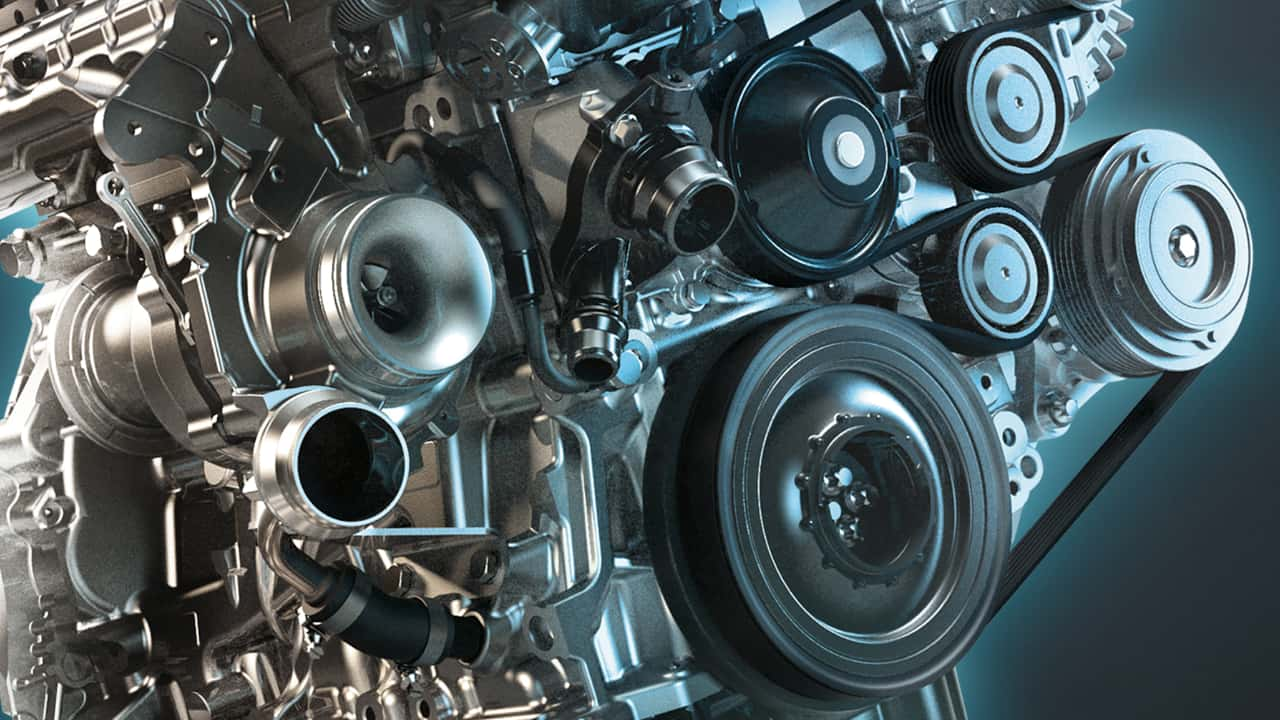- Arabic
- French
- Russian
- Spanish
- Portuguese
- Turkish
- Armenian
- English
- Albanian
- Amharic
- Azerbaijani
- Basque
- Belarusian
- Bengali
- Bosnian
- Bulgarian
- Catalan
- Cebuano
- Corsican
- Croatian
- Czech
- Danish
- Dutch
- Afrikaans
- Esperanto
- Estonian
- Finnish
- Frisian
- Galician
- Georgian
- German
- Greek
- Gujarati
- Haitian Creole
- hausa
- hawaiian
- Hebrew
- Hindi
- Miao
- Hungarian
- Icelandic
- igbo
- Indonesian
- irish
- Italian
- Japanese
- Javanese
- Kannada
- kazakh
- Khmer
- Rwandese
- Korean
- Kurdish
- Kyrgyz
- Lao
- Latin
- Latvian
- Lithuanian
- Luxembourgish
- Macedonian
- Malgashi
- Malay
- Malayalam
- Maltese
- Maori
- Marathi
- Mongolian
- Myanmar
- Nepali
- Norwegian
- Norwegian
- Occitan
- Pashto
- Persian
- Polish
- Punjabi
- Romanian
- Samoan
- Scottish Gaelic
- Serbian
- Sesotho
- Shona
- Sindhi
- Sinhala
- Slovak
- Slovenian
- Somali
- Sundanese
- Swahili
- Swedish
- Tagalog
- Tajik
- Tamil
- Tatar
- Telugu
- Thai
- Turkmen
- Ukrainian
- Urdu
- Uighur
- Uzbek
- Vietnamese
- Welsh
- Bantu
- Yiddish
- Yoruba
- Zulu
Nov . 21, 2024 02:20 Back to list
timing belt function
The Function of Timing Belts Essential Components in Engine Performance
In the world of automotive engineering, timing belts play a crucial role in the functionality of internal combustion engines. While often overlooked by the average car owner, understanding the purpose and mechanics of timing belts can illuminate their importance in maintaining engine performance and longevity.
What is a Timing Belt?
A timing belt is a continuous loop of reinforced rubber that synchronizes the rotation of the engine's crankshaft and camshaft. These two components must work in harmony to ensure the engine operates efficiently. The crankshaft translates the energy produced from combustion to drive the vehicle, while the camshaft controls the opening and closing of the engine's valves. The timing belt ensures that these two critical components remain in sync, thus regulating the precise timing of valve openings and closings in relation to the pistons' movements.
The Mechanics of Timing Belts
The timing belt's design incorporates teeth that engage with corresponding grooves on the crankshaft and camshaft. This tooth-and-groove system is instrumental in preventing slippage, maintaining alignment even under high-speed conditions. Most modern vehicles utilize rubber timing belts, which offer a combination of durability and flexibility, allowing for smooth transitions and minimal noise.
A significant advantage of timing belts is their relatively low maintenance requirements compared to other engine components. However, they are subject to wear and tear over time, typically requiring replacement every 60,000 to 100,000 miles, depending on the manufacturer’s recommendations. Failure to replace a worn timing belt can lead to catastrophic engine failure, often resulting in significant repair costs.
Signs of Timing Belt Wear
Understanding the signs of timing belt wear can help prevent more severe engine issues
. Common indicators includetiming belt function

- Engine Misfiring If the timing belt stretches or becomes damaged, it can cause the engine's valves to open and close at incorrect times, leading to misfires. - Unusual Noises A failing timing belt may produce a high-pitched squealing sound, particularly under acceleration. This noise can indicate that the belt is loose or that the teeth are wearing down.
- Oil Leaks A damaged timing belt housing can lead to oil leaks, which may also signal that the belt itself is compromised.
- Check Engine Light This dashboard indicator can illuminate for various reasons, including timing belt issues. Regular diagnostics can help pinpoint the cause.
The Importance of Timing Belt Replacement
Timely replacement of the timing belt is paramount. As the belt ages, it can develop cracks, fray, or even break, causing the engine's timing to go out of sync. When this occurs, the pistons and valves can collide, resulting in bent valves, damaged pistons, or complete engine failure—an expensive and often avoidable predicament.
Manufacturers typically provide a replacement interval, but factors such as driving conditions and climate can also influence a belt's longevity. It’s essential for vehicle owners to heed these guidelines and have their timing belts checked regularly.
Conclusion
In summary, the timing belt serves a fundamental function in the proper operation of an internal combustion engine by ensuring the synchronization of crucial components. Its maintenance is critical not only for immediate engine performance but also for long-term vehicle reliability. By recognizing the signs of wear and adhering to manufacturer recommendations for replacement, car owners can avoid the potential pitfalls associated with timing belt failure. Understanding the role of this often-overlooked component reinforces the idea that every part of an engine has its vital function—one that should be appreciated and maintained for the sake of overall vehicle health and performance.
-
High-Performance Serpentine Belt for Car Engines – Durable & Reliable
NewsJul.23,2025
-
High Efficiency V Belt Drive with Double & Toothed Options for Industry
NewsJul.22,2025
-
Affordable Fan Belt Cost - Compare Prices & Save | Auto Parts Deals
NewsJul.22,2025
-
China Factory 6PK1130 EPDM Rubber Engine Conveyor Belt Supplier
NewsJul.21,2025
-
Korean Auto Parts Timing Belt 24312-37500 For Hyundai/Kia
NewsMar.07,2025
-
7PK2300 90916-T2024 RIBBED BELT POLY V BELT PK BELT
NewsMar.07,2025

